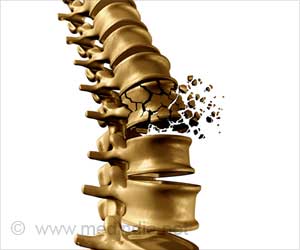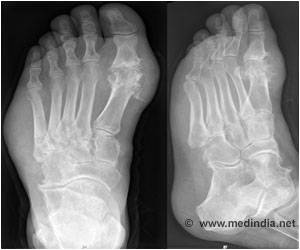New insights and clinical guidance helps diagnose and treat bone fragility in diabetic patients.

This is a concern as, globally, the prevalence of diabetes in adults is expected to increase from almost 425 million today, to approximately 629 million by 2045. At the same time, many clinicians who treat patients with diabetes are not aware of their patients' heightened risk of disabling and potentially life-threatening fractures.
Given this scenario, the International Osteoporosis Foundation (IOF) Bone and Diabetes Working Group has published a new expert review that summarizes key research, highlights clinical issues, and provides a helpful 'decision-tree' style algorithm for the identification and management of diabetic patients at increased fracture risk.
Professor Serge Ferrari, chair of the IOF Committee of Scientific Advisors and of the IOF Bone and Diabetes Working Group, stated:
"The link between diabetes and skeletal health is complex and the optimal approach to the management of bone health in patients with diabetes is not yet definitive and may change over time as findings of new clinical studies become available. This new review will inform clinicians about the current state of knowledge, and, importantly, the clear algorithm will facilitate the clinical assessment and management of fragility fracture risk in their patients according to current best practice."
The review outlines the clinical characteristics of bone fragility in adults with diabetes, and highlights recent studies that have evaluated bone mineral density (BMD), bone microstructure and material properties, biochemical markers, and fracture prediction (FRAX). It also looks at the impact of diabetes drugs on bone, as well as the efficacy of osteoporosis treatments in these patients.
Advertisement
- The pathophysiology of bone fragility in diabetes is likely multifactorial.
- FRAX and BMD T-score predict fracture risk in those with type 2 diabetes, but both require adjustment for diabetes to avoid underestimation of risk.
- If a patient has indication for therapy based on criteria developed for non-diabetes patients, these patients should be treated with osteoporosis drugs. In the absence of established osteoporosis, these medications may be used, although with caution as the effects of these drugs in situations where bone fragility is mainly due to alterations in bone quality remain to be thoroughly evaluated.
- Future studies should continue to evaluate the structural determinants (microstructure, material properties, etc.) of bone fragility and refine fracture prediction algorithms by including disease-specific determinants of fracture.
- New trials will have to prospectively investigate the efficacy and safety of osteoporosis treatment in diabetics with and without low aBMD.
Source-Eurekalert















